MAKING A SPLASH
Capturing the remarkable true story of the Mardini sisters in The Swimmers allowed Christopher Ross BSC to dive back into the world of underwater filming.
When Christopher Ross BSC first met director Sally El Hosaini for her new project The Swimmers, he was hooked. “It’s such an eclectic mix,” he says. “The film is part family drama, part sibling rivalry [tale], part refugee exodus story, and part sport film.” Based on the true story of Yusra and Sara Mardini, two Syrian sisters who left their war-torn country to pursue their dreams of Olympic swimming, it presented huge challenges to Ross. Namely: “How do you go from peril to success across the scope of one two-hour movie?”

Primarily, Ross gave considerable thought to how refugees are visually represented in the media. Frequently, they’re observed from afar “as a mass of humans moving across the landscape” – news footage traditionally keeping viewers at arm’s length. Influenced by the work of photographers Mike Brodie and Nan Goldin, Ross decided he wanted a more intimate approach, using a handheld camera where possible. “I thought that a more interesting way of viewing the exodus of the refugees was to immerse ourselves in it.”
Joining the production in late 2019, Ross was also able to draw on some experience when it came to the extensive water sequences the films required. He’d previously shot Kevin Macdonald’s underwater salvage drama Black Sea (2014), which gave him some forewarning of what to expect. In The Swimmers Yusra and Sara (played by sisters Nathalie and Manal Issa) join others in a dingy for a perilous crossing from Istanbul to Lesbos, a sequence that would be shot both off the Turkish coastline and in the huge underwater tank at Lites Studios in Brussels, Belgium.
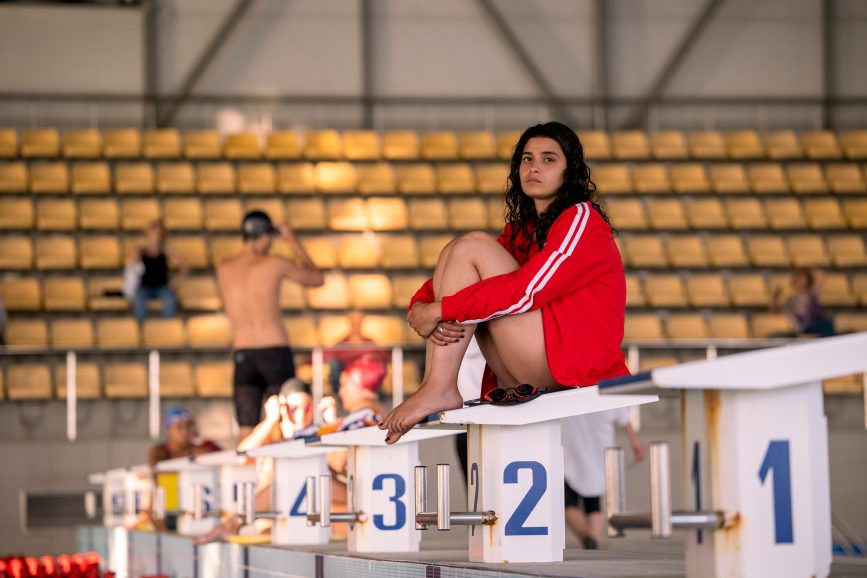
Digital dilemma
One of the first aesthetic decisions to be made was simply whether to shoot on film or digital. “The way that film captures light still can’t be surpassed,” argues Ross. On the flip side, Hosaini, who previously made My Brother the Devil (2012), had primarily worked in the digital realm, and was planning long, improvisational takes with her actors. “That scale of material production is nigh-on impossible to achieve [with] celluloid,” he adds. “So pretty early on we decided that it would be a digital acquisition.”
While Ross originally considered shooting the film using the Alexa Mini, when backers Netflix came on board, that had to change. “Whenever you shoot something for [them], it requires a 4K origination,” he explains. After testing various cameras, Ross settled on the Sony Venice, which worked equally well in the Mediterranean sequences and, in later scenes, when the sisters and their cousin Nazar (Ahmed Malek) arrive in Berlin. “We loved the way that the curve of the Sony Venice worked under bright sunny conditions and flat grey German conditions.”

With the support of Panavision throughout the project, Ross also gravitated towards the Cooke Crystal Express lenses. “We loved the isolation that you could get from a wide angle or wide-ish angle anamorphic lens,” he says. In particular, the 50mm lens. “I found it in the back of a cupboard in Panavision in London on their sort of out-of-service shelf.” After running it through various technical tests, “I applied it to the faces of the actors in an artist test and got excited about it in a creative way and so it pretty much was the lens that was on the A camera the whole time.”
The plan was to shoot with two cameras where possible, with B-camera operator Ilana Garrard ACO working closely with Ross. “One of the things that I like to do is to slightly mix the viewpoints within a scene,” he says. “So one camera being handheld and visceral, and the other camera being more stable and observational.” Depending on the requirements of the scene, Ross might shoot handheld while Garrard would capture performances using the Steadicam, a method that would offer considerable choices to Hosaini and editor Iain Kitching in the post-production phase.
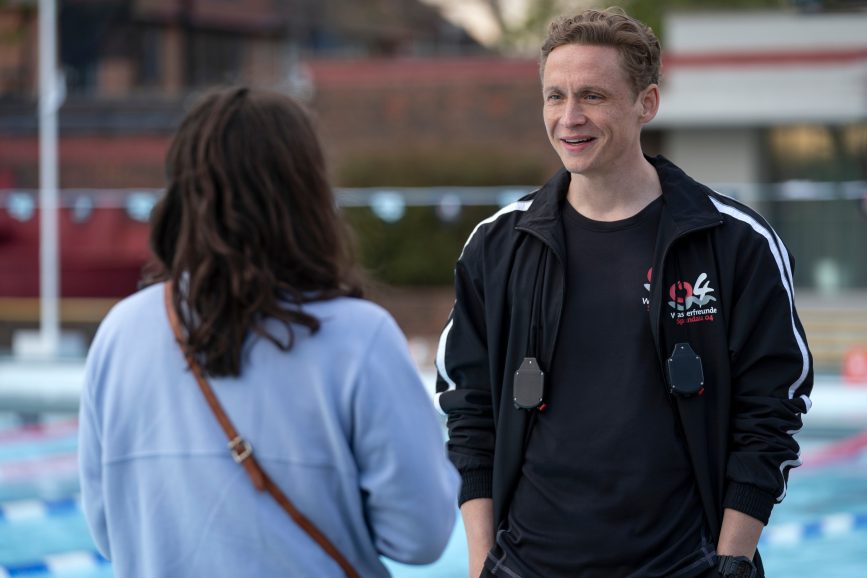
Water wizardry
Set to begin shooting in March 2020, with the cast and crew due to travel between the UK, Turkey, Belgium and Germany, the production was suspended due to the COVID-19 pandemic and wouldn’t roll before the cameras until April the following year. That, at least, allowed time for further preparations. One of the key decisions undertaken was to how to shoot Yusra when she’s swimming in various pools. Ross began this arduous task by making a detailed analysis of the way Olympian Michael Phelps was filmed during his competitive swimming meets.
“It’s a very [specific] set of camera positions that this sport coverage requires,” says Ross. “And again, it’s very distant, it’s from the edge of the arena, it’s from the pool side. There’s a couple of camera positions within the water, but by and large, it’s not very experiential.” More instructive were visceral commercials shot with champion swimmers – but finding a means to film the actors was still an exacting process. “Trying to keep up with someone that is swimming 10 miles an hour underwater is a difficult thing,” he explains.
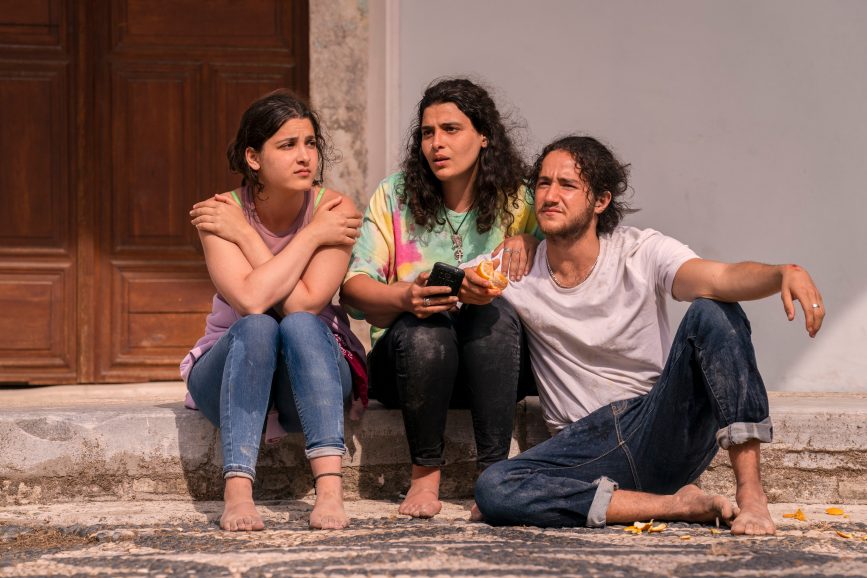
With Ross working in collaboration with underwater camera operator Richard Stevenson, various methodologies were experimented with. “We tried a whole bunch of very complicated things: cranes, long tracks, various risers and remote stabilising systems,” he says. But nothing was particularly satisfactory, especially with the team wanting to be in touching distance of Yusra when she’s in the water. Then, after Ross researched how dolphins were filmed in the open water, everything clicked.
The solution was a pole cam. “Which is literally a camera on a scaffold pole, dropped off the side of a boat. And because the boat can keep up it minimises your drag,” notes Ross. “A little exercise in hydrodynamics taught us a short sharp lesson in simplicity.” The London Aquatics Centre (LAC) at the Queen Elizabeth Olympic Park in Stratford doubled for the pool at the Rio 2016 Olympic Games, where Yusra ultimately competes. And so Ross convinced the LAC to allow use of a small, motorised RIB in one of the pool lanes to film the Rio swim sequences.

With a 3D VFX build used to turn the LAC (which had hosted the London 2012 Olympics) into Rio 2016, the sequence came together elegantly. Even so, using Ross’ chosen 50mm lens during these underwater sequences was tricky. “It’s a very awkward lens: massively heavy, huge front element, barrels out backwards and forwards, hugely problematic for putting in underwater housings,” he says. His A-camera focus puller, Laura Dinnett was left with this “conundrum”, but figured out a way to getting it into the Scubacam housing.
Another technique saw Stevenson pulled underwater by a motorised drone. “They’re not massively accurate at very shallow depths. But basically you set their buoyancy, and then they hold that,” says Ross. Recording the underwater footage was a Z Cam E6. Able to be contained in the smallest underwater housing, it meant minimal water displacement. “We could get that very, very close proximity,” says Ross, who wanted to show the muscle strain, the sheer effort, exerted by the swimmers. Wires were also anchored to the four corners of the arena, allowing a Spidercam to cruise across lanes two feet above the water, capturing dynamic overhead shots.
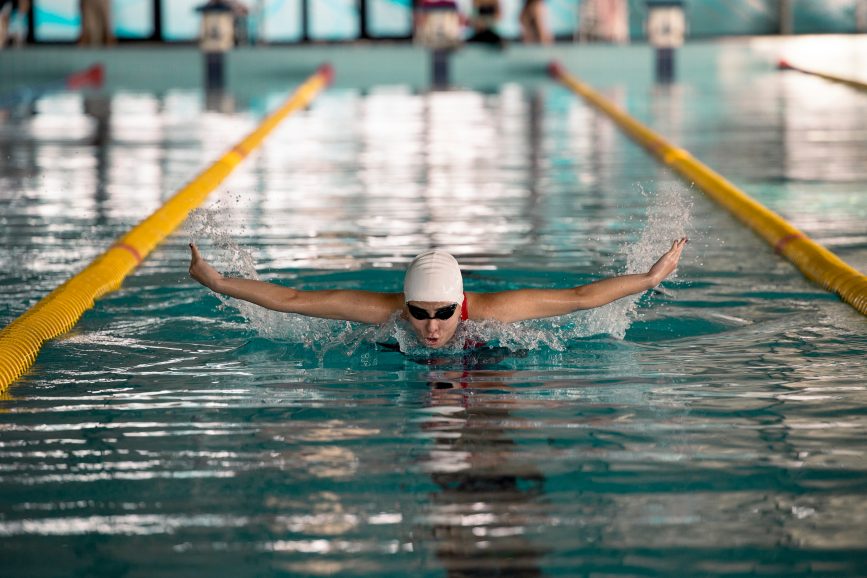
Streets ahead
When it came to lighting, Ross and his gaffer Nathaniel Bauer, with whom he’s had a long-standing relationship, deployed an “eclectic combination of different techniques” – most notably when the production went to Turkey, where not only were the Istanbul scenes shot but also the Syria sequences. “We sat down and did an analysis of the nighttime units that you find in each of those places. And we bought ten streetlights that are of the colour temperature that you get in Syria, ten streetlights of the mix of colour temperatures that you get in Istanbul.” With these lights placed on film lighting stands, and dressed into shot by the art department, Ross was able to move them around as required.
Undoubtedly, the most challenging sequence was the hazardous crossing. The daytime sequence was filmed in the Mediterranean, two miles off the coast of Turkey. Alongside the picture boat, on a camera vessel, Garrard shot handheld while Ross was using a crane with a stabilised head. “That was one of the worst seas I’ve ever tried to film on,” admits Ross. “Over the course of the day, we went from 24 characters in a boat to about 12, as each member of the cast got more and more sick or more and more cold or more and more tired…they’d be lifted out of the boat, and then we carry on shooting various wide work.”

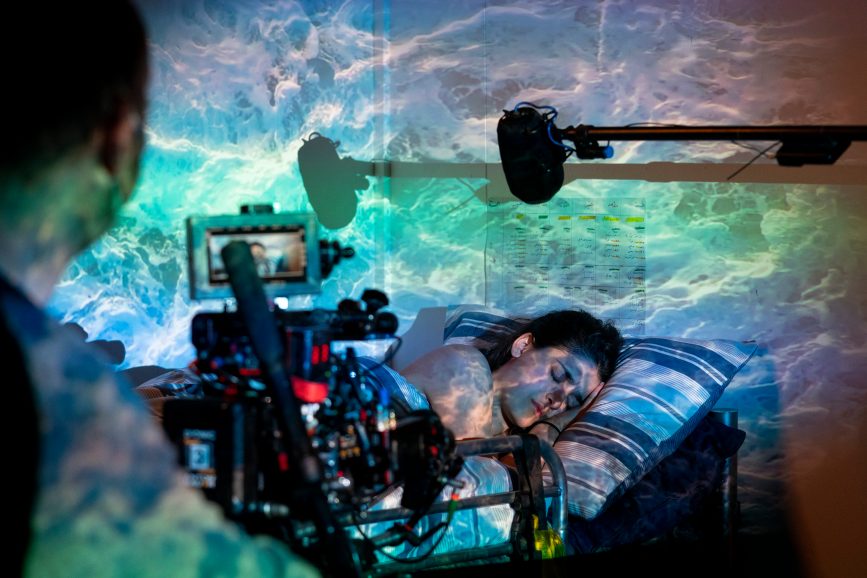
In Belgium, at the Lites Studios, the nighttime part of the crossing sequence was completed. An incredible facility, fitted with wave machines, tip tanks and rain rigs, it had everything required for the scene. Impressively, a long segment was shot as a single take, as the two sisters bravely enter the water to reduce the weight in the boat and swim alongside the vessel. “We worked out a way of running and running and running the scene, like a theatre troupe in a way, not doing anything particularly for camera,” says Ross.
When The Swimmers wrapped and went into the edit, Ross worked with London-based post-production facility Goldcrest and his regular colourist Adam Glassman. “He has got an incredible eye and a very delicate touch with colour. And he and his two associate colourists, Maria Chamberlain and Finlay Reid, navigated our three-week colour timing. We had a lot of work to do with the nighttime crossing, and we had a lot of work to do bedding in various VFX. They did a great job for us.” It was the end of a long, arduous, but emotionally satisfying journey.

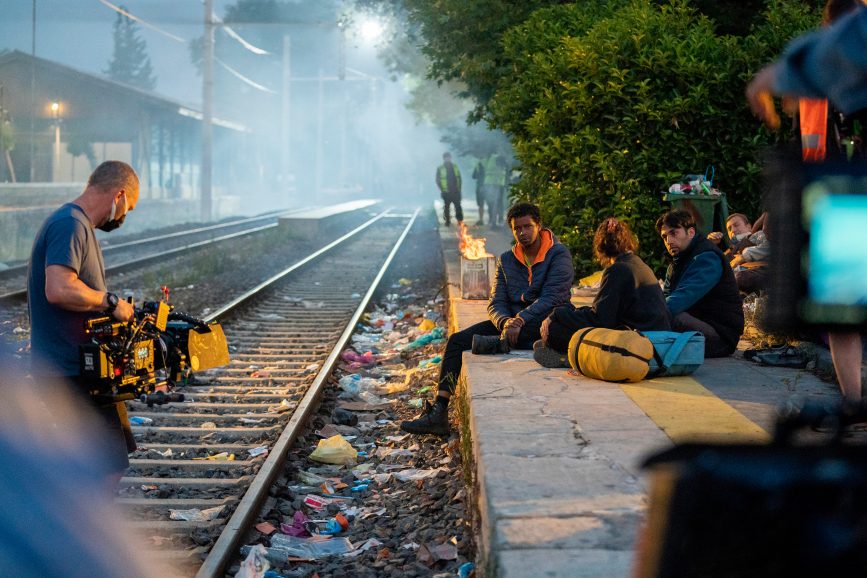
The Swimmers is available on Netflix from November 23.


















